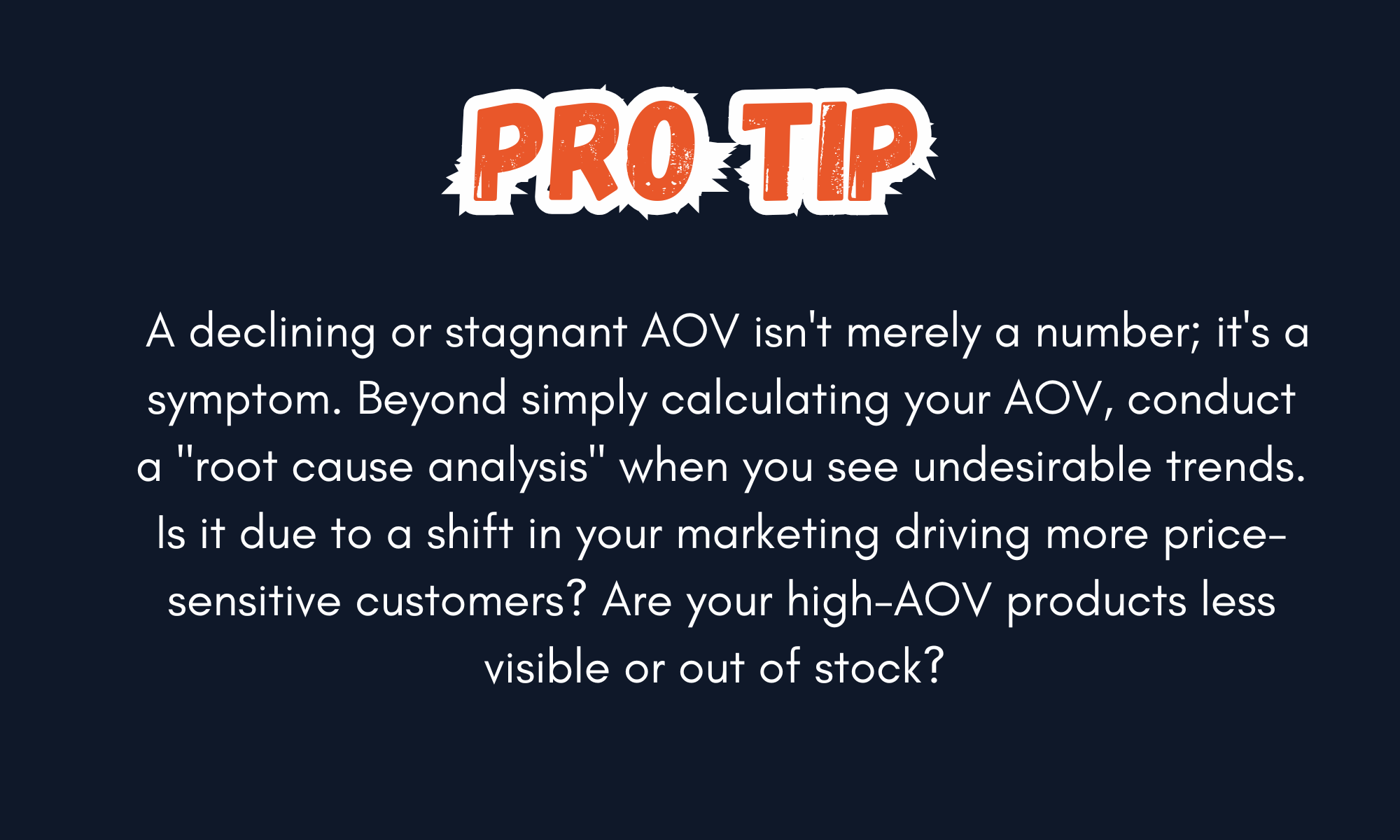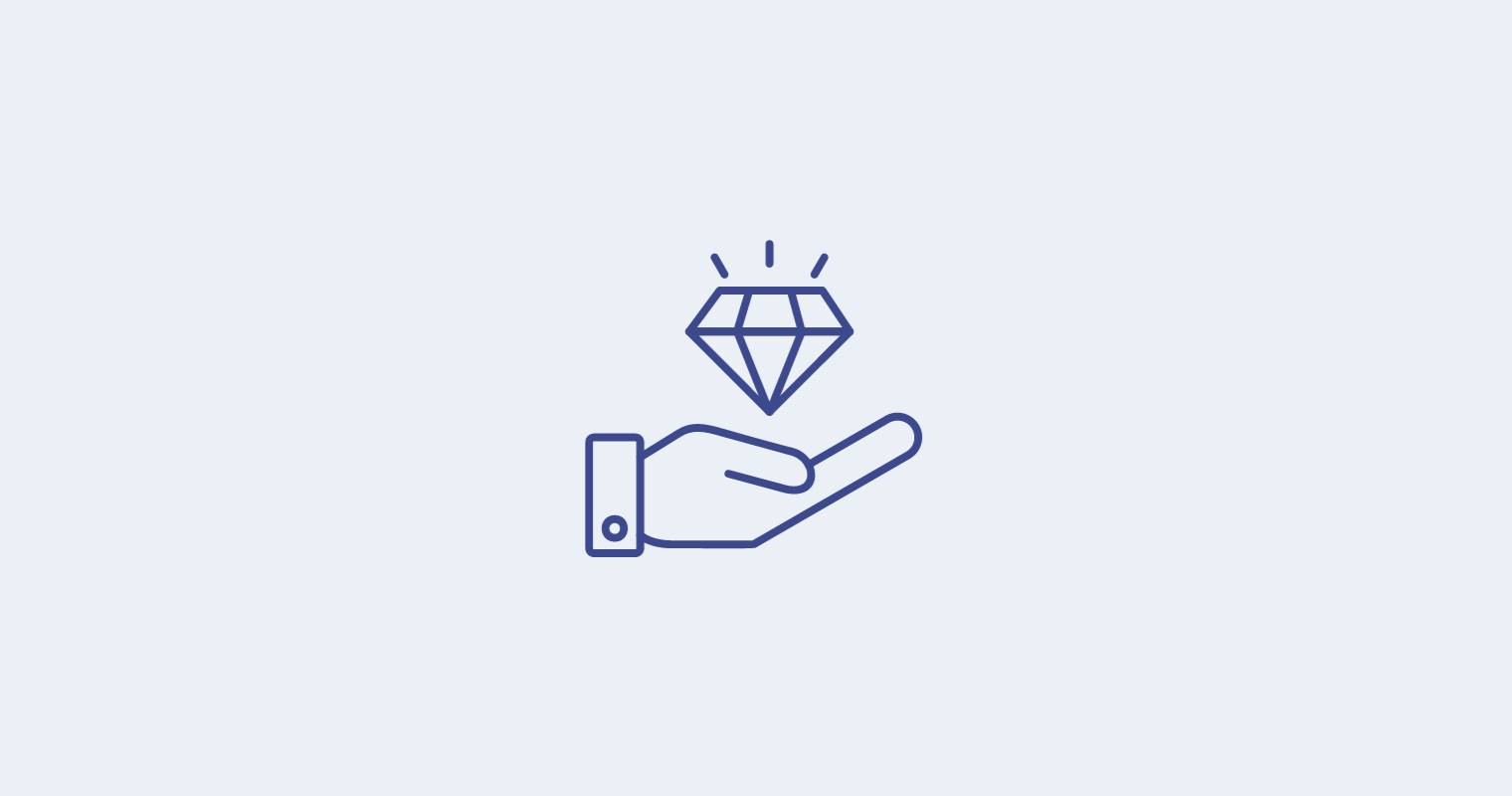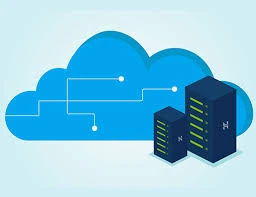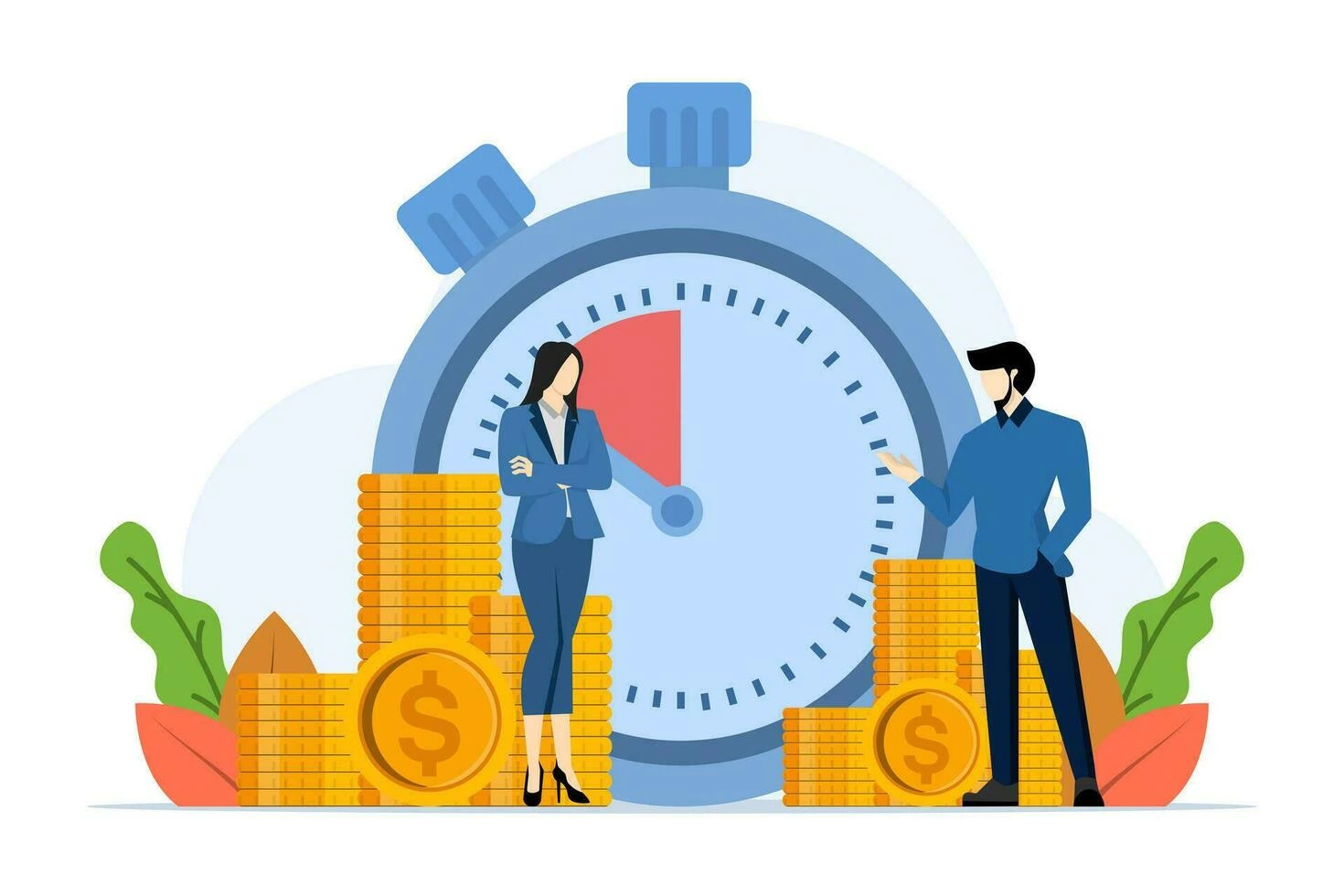Master Average Order Value (AOV) for Higher Revenue
.webp)
Customer acquisition costs are soaring, making every click and conversion more precious than ever. As customer acquisition costs continue their relentless ascent, smart businesses are turning their attention to a metric often overlooked yet fundamentally crucial for bottom-line expansion: Average Order Value (AOV). It represents the average amount a customer spends each time they complete a purchase from your business.
A high AOV signifies not just a healthy business, but one that is efficiently leveraging its existing customer base and website traffic. It’s about extracting greater value from every single transaction, thereby directly impacting revenue and, more importantly, profitability. This comprehensive guide will delve into the core principles of AOV, illuminate its critical importance for sustained growth, explore a wealth of proven strategies to elevate it, and provide actionable insights on how to measure, analyse, and ultimately master AOV for unprecedented business success.

Understanding Average Order Value (AOV) Fundamentals
At its heart, Average Order Value is a straightforward metric that provides crucial insight into the value of each customer transaction.
Definition and Simple Calculation: The calculation is simple: you divide your total revenue by the total number of orders over a specific period. AOV=Number of Orders Total Revenue. For instance, if your e-commerce store generated £10,000 in revenue from 200 orders in a month, your AOV would be £50 (£10,000 / 200 = £50). This figure gives you an immediate snapshot of how much, on average, each customer is spending when they complete a purchase.
Why AOV is Different from Other Metrics
It's important to distinguish AOV from other common business metrics:
- Total Revenue: While AOV contributes to total revenue, it’s not the same. Total revenue focuses on the overall sales volume, whereas AOV highlights the value per transaction. You could have high revenue from many small orders or fewer, but higher-value orders.
- Customer Lifetime Value (CLTV): CLTV measures the total revenue a business can reasonably expect from a single customer throughout their entire relationship with the brand. AOV, by contrast, is a snapshot of the value of each individual purchase. While increasing AOV will undoubtedly contribute to a higher CLTV, they are distinct measures. AOV focuses on the single transaction, while CLTV considers the long-term relationship.
Benchmarking AOV
What constitutes a "good" AOV varies significantly across industries and geographical locations.
- Industry Variations: A luxury jewellery retailer will naturally have a much higher AOV than a fast-fashion brand or a grocery delivery service. B2B businesses, with their larger order sizes and longer sales cycles, typically see significantly higher AOVs than B2C e-commerce.
- Geographical Differences: Consumer purchasing habits and price points can vary. For example, AOV for e-commerce in the UK might differ from that in the US due to market maturity, currency, and consumer spending power.
- Internal Benchmarking: More valuable than external comparisons is tracking your AOV against your own historical performance. Is your AOV increasing month-over-month or year-over-year? Are your new marketing strategies successfully nudging it upwards? This internal trend provides the most actionable insights.
.png)
Why AOV is a Critical Metric for Sustainable Growth
Focusing on AOV isn't just about squeezing more money from customers; it's a strategic pathway to more sustainable and profitable growth in today's demanding market.
- Direct Impact on Profitability: This is the most straightforward benefit. By increasing AOV, you generate more revenue from the same number of customers and the same number of orders. This means you don't necessarily need to spend more on marketing to acquire new traffic or convert more visitors to boost your top line. Higher revenue per transaction often translates directly into higher net profit, as many fixed costs per order remain constant.
- Reduced Customer Acquisition Cost (CAC) Dependency: In an era of rising advertising costs, businesses are constantly battling escalating Customer Acquisition Costs. A higher AOV helps absorb these costs more effectively. If you're spending £20 to acquire a customer, and your AOV is £40, you have a 2:1 return. If you increase your AOV to £60, your return jumps to 3:1, making your marketing spend significantly more efficient and sustainable. This greater efficiency allows you to potentially spend more on acquisition, outcompeting rivals, or simply enjoy healthier margins.
- Optimising Existing Traffic: Every website visitor, every returning customer, represents an investment. AOV optimisation focuses on leveraging your current traffic and customer base more effectively. Instead of constantly chasing new eyeballs, you're maximising the value of the ones you already have. This is often far more cost-effective than pure acquisition efforts.
- Improved Operational Efficiency: When each transaction becomes more valuable, the fixed operational costs associated with processing an order (e.g., payment processing fees, packaging, customer service inquiries related to an order) become a smaller percentage of the overall revenue. This improves your operational efficiency and overall unit economics.
- Fueling Reinvestment: Higher profits derived from AOV growth provide capital that can be intelligently reinvested back into the business. This could mean enhancing product development, improving customer service infrastructure, investing in advanced marketing technologies, or expanding into new markets – all contributing to a virtuous cycle of sustainable growth.
Key Strategies to Increase AOV
Increasing Average Order Value isn't about aggressive sales tactics; it's about understanding customer needs and strategically presenting valuable solutions that enhance their experience. Here are some of the most effective strategies:
A. Upselling: Upselling involves encouraging customers to purchase a more expensive, upgraded, or premium version of the product or service they are already considering. The goal is to highlight the superior value, features, or benefits of the higher-priced option.
- Tactics: Display comparison charts on product pages clearly showing the added benefits of higher tiers. Use phrases like "Most Popular," "Best Value," or "Upgrade for [X Benefit]."
- Examples: A customer looking at a basic software plan is shown the Pro plan with additional features and storage for a slightly higher price. A customer selecting a standard smartphone model is prompted to consider the larger storage or premium camera version.
B. Cross-selling: Cross-selling is the art of suggesting complementary products or services that enhance the customer's initial purchase. These are items that go with what they are buying.
- Tactics: Implement "Customers also bought," "Frequently bought together," or "Complete your look" sections on product pages or in the shopping cart.
- Examples: A customer buying a new laptop is offered a matching carry case, a wireless mouse, and anti-virus software. A coffee machine purchase might suggest gourmet coffee beans and a descaling solution.
C. Product Bundling: Product bundling involves offering multiple products or services together as a single package, often at a slightly reduced price than if the items were purchased individually. This increases the perceived value.
- Tactics: Create "starter kits," "complete sets," or themed collections. Highlight the savings of buying the bundle versus separate items.
- Benefits: Simplifies the decision-making process for the customer and encourages higher spend per transaction.
D. Free Shipping Thresholds: This is a highly effective psychological tactic that leverages loss aversion. You set a minimum order value that customers must reach to qualify for free shipping.
- Tactics: Clearly communicate the threshold on banners and in the cart/checkout: "Add £15 more to qualify for FREE shipping!" Suggest small, relevant add-on items at the point of decision to help customers reach the threshold.
- Psychology: Customers often perceive shipping costs as a "loss" and are willing to spend slightly more to avoid them, thus increasing AOV.
E. Quantity Discounts / Tiered Pricing: This strategy incentivises customers to buy more units of the same product by offering a lower per-unit price.
- Tactics: "Buy 2, Get 10% off," "Buy 3 for the price of 2," or subscription models that offer a lower monthly rate for longer commitments.
- Best for: Consumable products (e.g., coffee, skincare), items frequently bought in multiples, or services with tiered usage.
F. Loyalty Programs & Membership Benefits: Rewarding repeat purchases and encouraging higher spend can foster long-term loyalty and contribute to AOV.
- Tactics: Implement point systems that offer greater rewards for higher spend tiers. Create VIP clubs with exclusive discounts, early access to new products, or premium benefits for members who achieve certain spending levels.
- Impact: Fosters a sense of belonging and provides ongoing incentives for customers to consolidate their purchases with your brand.
G. Personalisation & Recommendations: Leverage customer data (Browse history, past purchases, stated preferences) to provide highly relevant and timely upselling or cross-selling suggestions.
- Tactics: Implement AI-powered recommendation engines on your website that suggest "Recommended for you" products. Use personalised email follow-ups after a purchase with relevant complementary items.
- Benefits: Recommendations feel helpful rather than pushy, increasing the likelihood of conversion.
H. Enhanced Customer Service & Sales Training: For businesses with direct customer interaction (e.g., online chat, phone sales, physical retail), training staff to identify needs and offer value-added suggestions is crucial.
- Focus: Emphasise consultative selling, where staff genuinely listen to customer needs and recommend appropriate upgrades or complementary items that truly solve problems or enhance the experience, rather than just pushing for a larger sale. This builds trust and long-term relationships.
.png)
Implementing AOV Strategies Across Channels
Effective AOV optimisation requires a seamless, integrated approach across all customer touchpoints.
E-commerce Website: This is your primary battleground.
- Product Pages: Integrate upsell widgets ("Upgrade to Pro"), clear comparison tables, and cross-sell suggestions ("Complete your kit").
- Cart Page: Make free shipping thresholds highly visible. Showcase "Frequently bought together" or "You might also like" sections.
- Checkout Page: Utilise subtle last-minute add-ons (e.g., "Add a 2-year warranty for just £X") or "order bumps" that enhance the main purchase.
- Post-Purchase: Use thank you pages to offer a time-sensitive cross-sell for a future purchase or invite them to join a loyalty program. Email follow-ups can include personalised recommendations based on their purchase.
Email Marketing:
- Abandoned Cart Emails: Beyond just reminding them, include a subtle cross-sell of a relevant accessory or a small incentive to complete the order and reach a free shipping threshold.
- Personalised Recommendation Emails: Send post-purchase emails featuring products related to their last purchase, potentially bundled or with quantity discounts.
- Customer Segmentation: Tailor emails to specific segments with AOV-driving offers (e.g., a "VIP" email with exclusive bundle deals).
Paid Advertising (Retargeting):
- Utilise dynamic retargeting ads to show users products they viewed, plus complementary items, or subtly suggest an upgrade to a product they lingered on.
- Create sequential ad campaigns that first introduce a product, then follow up with an ad showcasing a valuable bundle or upgrade option.
In-Store/Physical Retail:
- Sales Associate Training: Empower your sales team with product knowledge to identify needs and offer value-added suggestions naturally.
- Point-of-Sale (POS) Displays: Strategically place small, high-margin impulse cross-sells near the checkout.
- Bundled Product Displays: Group complementary products together with clear pricing for the bundle.
App & Push Notifications:
- In-App Recommendations: Based on user behaviour within your app, offer relevant upsells or cross-sells (e.g., "Users who interact with [Feature A] also love [Premium Feature B]").
- Push Notifications: Alert users to expiring bundle offers, loyalty program bonuses, or limited-time upgrades on their preferred products.
Measuring & Analysing AOV Performance
Optimising AOV is a data-driven process. Without precise measurement, you're simply guessing.
Core Metrics:
- AOV Trend: Continuously track your Average Order Value month-over-month, quarter-over-quarter, and year-over-year. Is it consistently rising?
- Conversion Rate: While AOV focuses on value, monitor if your AOV-boosting efforts negatively impact your overall conversion rate. The goal is higher value without losing sales.
- Revenue Generated by AOV Strategies: If your platform allows, track the specific revenue directly attributable to upsells, cross-sells, or bundles.
- Click-Through Rates (CTR) & Engagement: For recommendations, bundles, or free shipping threshold prompts, track how many users interact with these AOV-focused elements.
A/B Testing Framework:
A/B testing is crucial for pinpointing what truly works.
- Test Different Thresholds: Does a £50 free shipping threshold convert better than £75?
- Offer Types: Compare the effectiveness of a percentage discount vs. a fixed monetary discount on a bundle.
- Placement: Test different locations for your cross-sell widgets (e.g., sidebar vs. bottom of product page).
- Messaging: Does "Add a protective case for just £15!" perform better than "Customers also bought: Protective Case."
- Urgency: If using time-sensitive elements, test their duration and visibility.
Customer Segmentation Analysis:
Analyse AOV performance across different customer segments:
- New vs. Returning Customers: Do returning customers respond better to upselling?
- High-Value vs. Low-Value Customers: Are your AOV strategies tailored to each?
- Traffic Source: Does traffic from organic search respond differently to AOV prompts than traffic from paid ads?
- Product Categories: AOV strategies might need to be specific to certain product lines.
Tools & Analytics: Leverage platforms like Google Analytics (especially Enhanced E-commerce tracking), your e-commerce platform's built-in analytics, and dedicated AOV optimisation tools. CRM data can also provide valuable context on customer segments.
Common AOV Mistakes and Pitfalls
While the drive to increase AOV is laudable, missteps can alienate customers and damage your brand.
- Aggressive or Irrelevant Offers: Pushing products customers don't need or want comes across as pushy and can lead to immediate abandonment or negative brand perception.
- Ignoring Customer Needs: The core of AOV is about providing more value. If your upsells or cross-sells don't genuinely enhance the customer's experience or solve a problem, they're just an attempt to extract more money.
- Too Many Offers: Overwhelming the customer with too many pop-ups, banners, and suggestions can lead to decision paralysis and frustration, causing them to leave.
- Poor Timing: Suggesting an upsell too early (before they've decided on the core product) or too late (after they've already committed at checkout) can be ineffective.
- Lack of Clarity: Confusing bundles, complex discount structures, or hidden terms can lead to frustration and abandoned carts. Simplicity is key.
- Not Testing: Relying on assumptions about what customers want or how they'll react, rather than using data-driven A/B testing to validate strategies.
- Hiding Costs: If your free shipping threshold leads to hidden fees later, or your bundle savings aren't transparent, you undermine trust.
Future Trends in AOV Optimisation
AOV optimisation is a dynamic field, constantly evolving with technology and consumer behaviour.
- AI & Machine Learning for Predictive Personalisation: The future will see highly sophisticated AI-powered engines making real-time, hyper-personalised recommendations. AI will predict not just what a customer might buy, but what upgrade they're most likely to accept, or what bundle will provide maximum value based on their entire behavioural history.
- Conversational Commerce & AI Chatbots: Chatbots and virtual assistants will become powerful AOV drivers. During a conversation, they can subtly identify customer needs and proactively offer relevant upsells or cross-sells ("Since you're looking at X, would you be interested in Y, which is often bought together and currently has a bundle discount?").
- Dynamic Pricing & Bundling: Expect real-time adjustments of discounts and bundle offers based on inventory levels, current demand, and individual customer profiles, maximising both AOV and profitability.
- Subscription Model Integration: For products that aren't inherently subscriptions, businesses will increasingly integrate higher-tier subscriptions or complementary subscription boxes as AOV boosters.
- Virtual & Augmented Reality (VR/AR) for Product Exploration: As these technologies become more mainstream, they will allow customers to experience products more intimately online, justifying higher-value purchases by bridging the gap between digital viewing and physical interaction.
.png)
Conclusion: The Sustainable Path to Profitability
Mastering Average Order Value (AOV) is a crucial strategic imperative, transforming your business model from one focused solely on volume to one that prioritises efficiency and profitability.
By understanding the psychology that drives purchasing decisions, implementing intelligent upselling, cross-selling, and bundling strategies, and leveraging the power of data for continuous optimisation, businesses can significantly increase the value of each customer transaction. It's about a delicate balance: providing genuine added value to the customer while simultaneously boosting your bottom line.
AOV optimisation is not just about making more money per sale; it's about building a more resilient, efficient, and ultimately, more customer-focused business. By consistently delivering enhanced value at every touchpoint, businesses can forge stronger relationships, fuel sustainable growth, and confidently navigate the evolving landscape of digital commerce.
References:
https://business.adobe.com/blog/basics/customer-acquisition-cost
https://www.indeed.com/career-advice/career-development/upsell
https://www.investopedia.com/terms/c/cross-sell.asp
https://www.shopify.com/blog/customer-acquisition-cost-by-industry
.avif)








